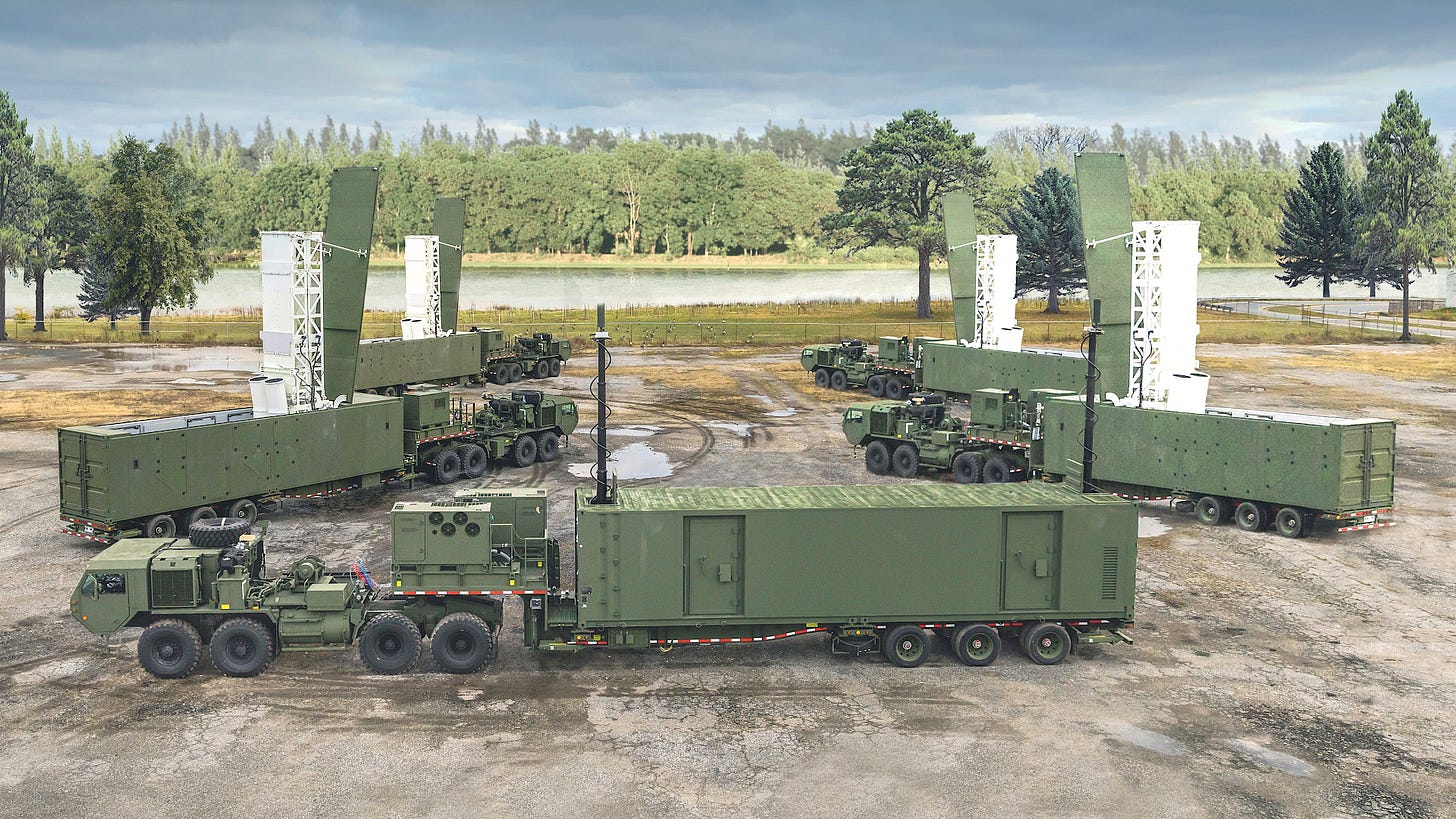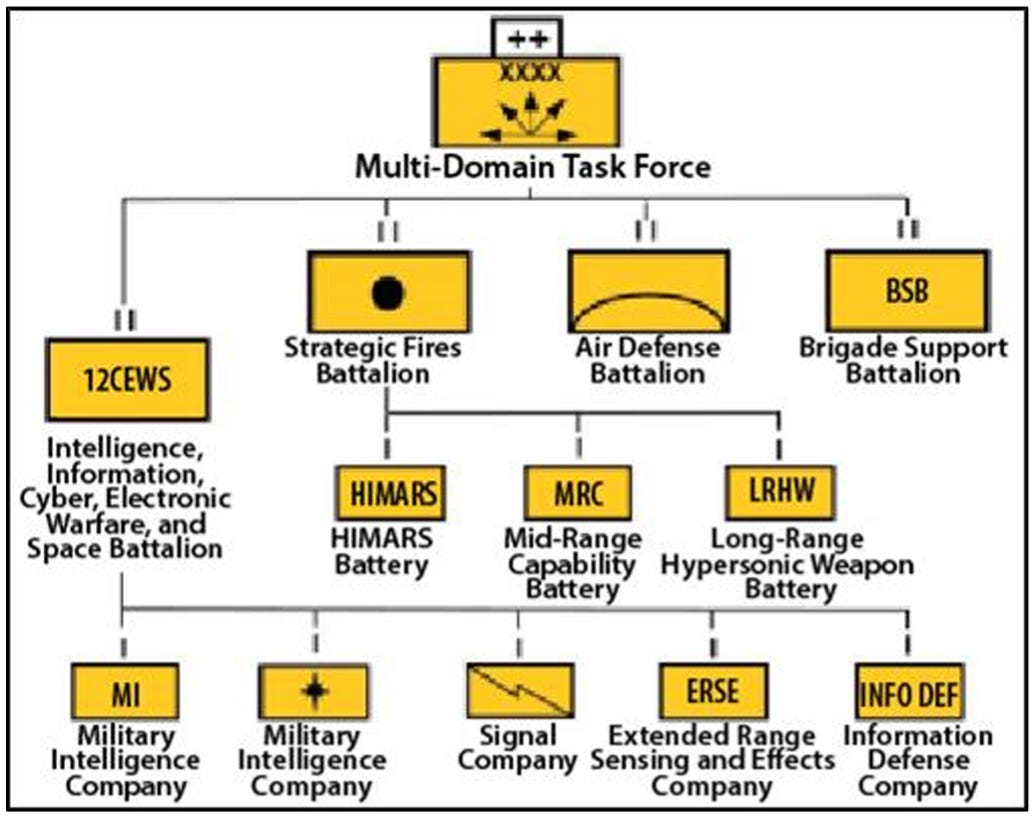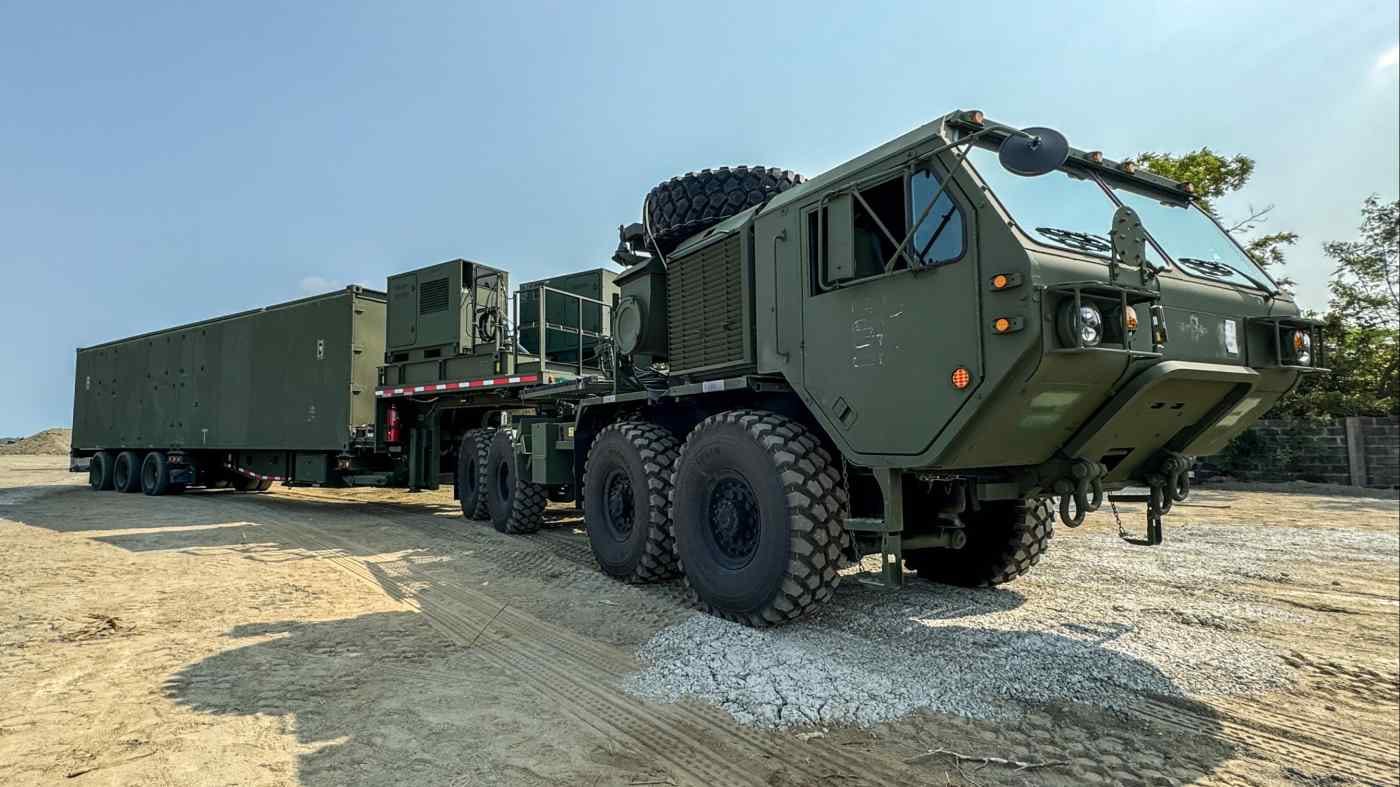Let’s kick off the week with something I brought up at about the 47-minute mark on yesterday’s Midrats.
If nothing else, you have to admit it has a good name even if some insist on cringe inducing acronyms and buzzwords to talk about her. Besides its clear utility in complicating an enemy’s plans, the best thing about it is that it upset the tender little hearts in Beijing earlier this summer. Seeing that joy, we decided to double down
The U.S. has conveyed to Japan that Washington would like to deploy midrange missiles there as part of its military exercises, bolstering deterrence against China, according to a senior American defense official.
Secretary of the Army Christine Wormuth told the Defense News Conference event in Virginia on Wednesday that the issue was brought up on her visit to Tokyo in early August, a trip that included a meeting with Japanese Defense Minister Minoru Kihara.
"We'd be very interested, obviously, in seeing" the Multi-Domain Task Force operate out of Japan through exercises, Wormuth said, referring to the Army's new unit that hosts the Mid-Range Capability missile system, also known as the Typhon.
Bleh with the brain-rotting, “Multi-Domain Task Force” (MDTF), but it goes with the almost unreadable way DOD in general and the Army in particular write and name things. Just read how they describe it. Helps explain the somewhere-on-the-spectrum insistence on calling it their missile system “Mid-Range Capability” with they the perfectly succinct and cool “Typhon” name for it. Can we make cool names common again? I know I’ve been guilty of it in the past as well, TLAM v. Tomahawk … but we can all do better, can’t we?
Enough of the name games. What, exactly, has the Army got here?
"Our goal...in the Army has been to really try to have as much combat-credible capability forward" in the Indo-Pacific, west of the International Date Line, for "six months a year or more," she said.
"Demonstrating those kinds of combat capabilities strengthens deterrence in the region," she said.
"I do think it's gotten the attention of China. ... It's an impressive capability," Wormuth said.
What does a battery look like?
So, each battery has four launchers for 16 missiles total; TLAM, SM-6 or a combo of the two. Bringing back the Cold War “nuke-em-till-they-glow” Ground Launched Cruise Missile Gryphon concept, but with more usable and modern options.
It appears that you need five C-17 to send along a battery, but let’s not have bothersome logistics get in the way of our fun. No one in The Pentagon does.
So, information is tough to get, but CRS states the Army has two batteries with a desire for four.
Let’s be optimistic and say the Big Green gets four batteries and can get out of the brain freeze of thinking that they can only be used one battery at a time in the name-only-loved-by-the-worst-people MDTF. It would also be helpful to rename the “Strategic Fires Battalion.” Are these really “strategic?” Doesn’t “strategic” have a bit too much of a nuclear connotation to it?
We need to do better here as well.
Each battery has 4x4=16 missiles. Four batteries gives you 64 missiles.
Hmmm…that number…
Let’s dive in to naval equivalent. I know that the Typhon battery is supposed to hang around with the HIMARS and the other acronym LRHW with all their supports, but let’s just focus on the MK-41 VLS cells for perspective.
As most CDRSalamander readers know, the Flight IIA and Flight III Arleigh Burke DDG have 96 VLS cells that have a mix of not just Tomahawk and SM-6, but legacy SM-2, SM-3, Harpoon, ESSM, even some ASROC pushing a MK-54 torpedo downrange. It can cover threats from ashore, at sea, in space, and under the water. Handy lady a DDG is.
Then entire Typhon program’s four batteries, even if brought together, only have 2/3 the VLS cells of a single Arleigh Burke DDG, with none of the mobility or self-sustaining capability. A single battery, 16 missiles, only gives you 17% of the VLS cells of a Burke … but as this makes any potential enemy uneasy and makes targeting an even greater challenge … like I said … I like it.
What does this have to do with a Spruance DD, a class of ships who sadly left the fleet 19-years ago?
Well, the Spruance DD in their final upgraded configuration had 61 VLS cells. A single SPRUCAN would bring to the fight 95% of the entire four-battery buy of Typhon.
Seems inefficient, yes? Perhaps, if all you look at is spreadsheets, but I am a big proponent many-small than few-large. It distributes risk and makes the enemy’s targeting problem much harder.
Not efficient, true, but militarily effective at war? Unquestionably.
In the right terrain with the right deployment options, I like the Typhon system a lot. The fact it gives a nod to the US Navy’s superior missile systems is just a plus. Accidental Joint born of need has always been the best Joint compared to compelled Joint forced by bureaucrats.
The Army should keep this up. Buy the four, and buy four more for the National Guard - and feel free to decouple from the MDTF concept.
One last fun note.
See the back of that where the four MK-41 VLS cells are? Look familiar? Of course it does.
The Lockheed Martin Mk 70 Mod 1 is a containerised system containing four strike-length cells from the Mk 41 vertical launch system mounted in the footprint of a 40-foot ISO container.
Yep’t. Sure, you can paint it green and put it behind a very martial looking HEMTT, but it could also look like a Walmart truck…or something generic … you get the idea.








Can Poland buy a few batteries? Pretty please?
Dangir.I was hoping to have a "You can't leave things laying around or we'll tinker with them" riff and ask how many bolts were left over when we put it back together, and you go ruin it.
Yes we suck at naming things and have stupid Rumsfeldian-leftovers like "fires battalion." It's a slight improvement over "effects battalion" but still a lame attempt to get us to "think outside the box" by enforcing lexicological conformity. And we desperately want to play in the Indo-Pacific play box. It's all your fault, yanno. You just last week threatened our pie!
Yes on corporate-efficiency=military-risk+ineffective. Unlike a business, we're designed, personed, and equipped under the presumption of massive attrition. Planned redundancy good, if you can keep it affordable. Just ask Rommel, von Rundstedt, Kleist, Goering, Doenitz, et.al.